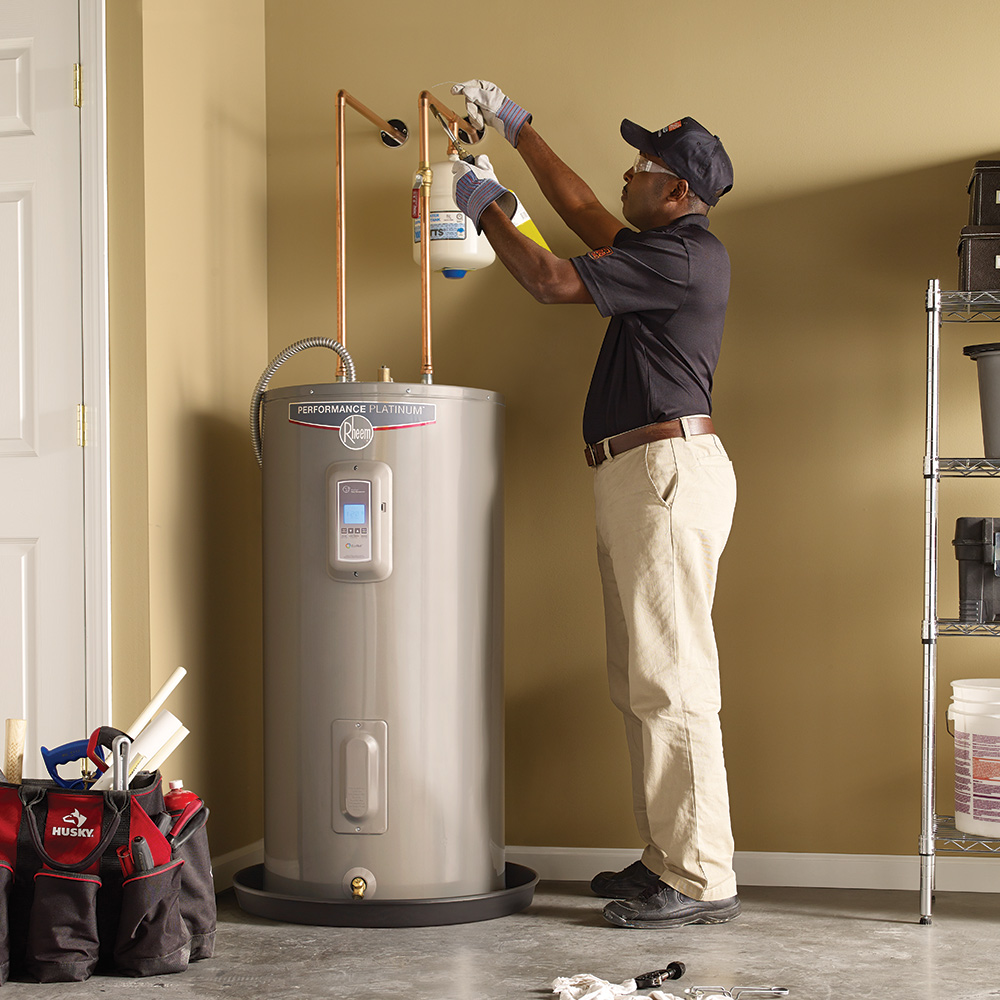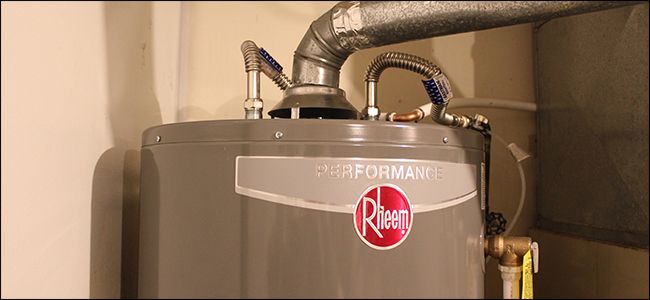The article author is making a number of great observations about Tips on Maintaining a Water Heater in general in this content on the next paragraphs.

Hot water is crucial for day-to-day comfort, whether it's for a refreshing shower or washing recipes. To ensure your warm water system runs successfully and lasts longer, normal upkeep is crucial. This short article provides useful suggestions and insights on just how to preserve your home's hot water system to prevent disturbances and pricey repair work.
Introduction
Preserving your home's hot water system could seem complicated, however with a few easy actions, you can ensure it operates efficiently for many years ahead. This guide covers every little thing from recognizing your hot water system to do it yourself maintenance suggestions and knowing when to call in specialist assistance.
Importance of Maintaining Your Hot Water System
Normal upkeep not only expands the life expectancy of your hot water system however also guarantees it runs successfully. Overlooking maintenance can bring about decreased effectiveness, higher energy bills, and also early failing of the system.
Signs Your Warm Water System Requirements Maintenance
Recognizing when your hot water system needs attention can avoid significant concerns. Watch out for signs such as inconsistent water temperature, weird sounds from the heating system, or corroded water.
Understanding Your Warm Water System
Before diving right into maintenance jobs, it's valuable to understand the basic components of your warm water system. Normally, this includes the hot water heater itself, pipes, anode rods, and temperature level controls.
Month-to-month Maintenance Tasks
Routine monthly checks can help catch minor issues prior to they escalate.
Flushing the Hot Water Heater
Purging your water heater eliminates debris accumulation, boosting efficiency and prolonging its life.
Checking and Replacing Anode Rods
Anode poles prevent corrosion inside the container. Evaluating and replacing them when broken is essential.
Checking and Readjusting Temperature Setups
Adjusting the temperature level settings makes sure optimum performance and security.
DIY Tips for Maintenance
You can do a number of maintenance jobs on your own to keep your hot water system in leading problem.
Checking for Leaks
Consistently examine pipes and connections for leaks, as these can bring about water damage and higher bills.
Evaluating Stress Relief Valves
Evaluating the pressure relief valve ensures it functions properly and stops excessive stress build-up.
Insulating Pipes
Protecting hot water pipelines minimizes heat loss and can conserve energy.
When to Call a Professional
While do it yourself upkeep is helpful, some problems require expert experience.
Complex Concerns Calling For Expert Aid
Instances consist of major leaks, electric issues, or if your hot water heater is consistently underperforming.
Regular Specialist Upkeep Advantages
Professional upkeep can include detailed evaluations, tune-ups, and making certain conformity with safety and security standards.
Final thought
Regular upkeep of your home's hot water system is necessary for effectiveness, durability, and cost financial savings. By adhering to these ideas and knowing when to seek specialist aid, you can guarantee a dependable supply of hot water without unforeseen interruptions.
How to Maintain an Instant Hot Water Heater
Before tinkering with your hot water heater, make sure that it’s not powered on. You also have to turn off the main circuit breaker and shut off the main gas line to prevent accidents. Also turn off the water valves connected to your unit to prevent water from flowing into and out of the appliance. 2. When you’re done, you have to detach the purge valves’ caps. These look like the letter “T” and are situated on either side of the water valves. Doing so will release any pressure that has accumulated inside the valves while at the same time avoid hot water from shooting out and burning your skin. 3. When the purge valves’ caps are removed, you have to connect your hosing lines to the valves. Your unit should have come with three hoses but if it didn’t, you can purchase these things from any hardware or home repair shops. You can also get them from retail stores that sell water heating systems. Read the user’s manual and follow it to complete this task properly. When the hosing lines are connected, open the purge port’s valves. 4. You should never use harsh chemical cleaners or solutions when cleaning your unit. Make use of white vinegar instead. It should be undiluted and you’ll probably use about 2 gallons. 5. Now flush your water heater. This task should probably take about 40 minutes. We can’t give you specific directions for this because the procedure is carried out depending on the type, model and brand of your heater. With that being said, refer to the user’s manual. 6. When you’re done draining the unit, you have to turn off the purge port valves again. Remove the hosing lines that you earlier installed on each of the water valves. Put the valve caps (purge port) back in their respective places and be very careful so as not to damage the rubber discs that are found inside these caps. 7. Now that everything’s back in place, check your user’s manual again to find out how to reactivate your water heating system. 8. Once it is working, turn one of your hot water faucets on just to let air pass through the heater’s water supply pipes. Leave the tap on until water flows smoothly out of it. https://www.orrplumbing.com/blog/2014/september/how-to-maintain-an-instant-hot-water-heater/

I hope you liked our article on What Kind of Maintenance Do Water Heaters Need?. Thanks a lot for taking the time to browse our article. Remember to set aside a second to share this write-up if you enjoyed it. I am grateful for your time. Kindly visit our blog back soon.
Book Your Service